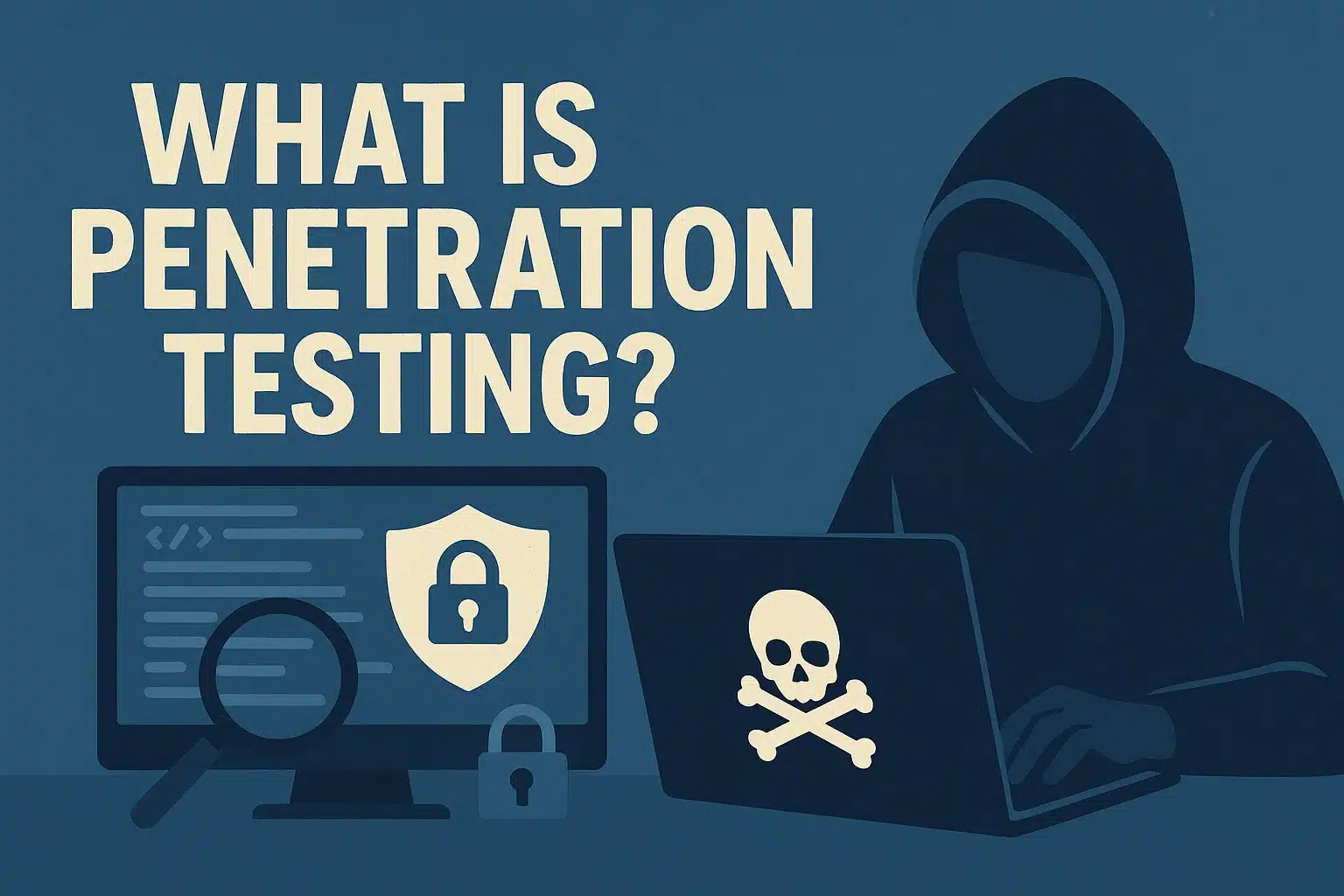Globally, all the IT Business Process Managers are using COBIT to equip them with a model that can deliver additional value to their organisation and help in better risk management. The COBIT (Control Objectives for Information and Related Technologies) control model guarantees the integrity of information systems. But before we move ahead and learn more about the framework, let us understand what it means.
What is COBIT?
Control Objectives for Information and Related Technology, or COBIT, is a framework for IT management and governance created by the Information Systems Audit and Control Association, also known as ISACA. COBIT was designed to act as a supportive tool for managers and bridge the gap between business risks, technical issues, and control requirements. It is a recognised guideline that can be applied to any organisation or industry and helps in quality assurance, control, and information systems' reliability in any organisation. This is an essential aspect of modern business.
What is the COBIT Framework?
Linking business goals and processes with the IT infrastructure is one of the main objectives of COBIT. It provides various metrics and maturity models used to measure IT processes' achievement while identifying the associated business responsibilities. You must be wondering what the main focus of the COBIT Framework is. COBIT 4.1 is a process-based model that can be subdivided into four domains; they are:
- Planning and Organising
- Delivering and Support
- Acquiring and Implementing
- Monitoring and Evaluating
In business frameworks, COBIT has a high position and is recognised under several international standards such as CMMI, COSO, TOGAF, ITIL, PRINCE2, PMBOK, and ISO 2700. It mergers all solutions under one umbrella by acting as a guideline integrator. In April 2012, the latest COBIT version 5 came out and had the consolidated COBIT 4.1, Val IT 2.0, and Risk IT Frameworks principles. It has drawn reference from ITAF or IT assurance frame, from ISACA, and revered business models for information security or BMIS.

The Various Components
Framework
The framework helps the organisation bring the best practices in the IT processes and helps organise the objectives of IT governance while also linking business requirements.
Process Descriptions
A reference model that acts as a common language for the entire organisation, the process description includes building, planning, running, and monitoring the IT process.
Control Objectives
Control objectives are a complete list of requirements that are considered for management and effective IT business control.
Maturity Models
Access the capability of every process while addressing gaps, if any.
Management Guidelines
We can measure performance, agree upon common objectives, better-assign responsibilities, illustrate better interrelationships with every process. COBIT is used by all organisations whose primary responsibility is business process and technology, i.e., all organisations who depend on technology for their informational needs. The private sector and the government both use COBIT to increase the sensibility of the IT process.
Why is COBIT 5.0 the Most Celebrated Version?
The previous versions have received a fair share of criticism and were thought to have limited opportunities. However, several critics have maintained that COBIT 5.0 has encouraged rote rules and paperwork instead of promoting IT governance engagements and improving accountability. It has addressed the criticism in the right manner and encourages organisations to manage and govern their information holistically. Here are some of the guiding principles of COBIT 5.0-
- Cover the enterprise from end-to-end
- Meet the needs of the stakeholders
- Ensure a holistic approach to business decision making
- Separate governance from management
- Application of a single integrated framework
COBIT 5.0, in several situations, has been appreciated for its ability to reduce the risk of IT implementations as they typically require a quick and agile approach and adaptation that simultaneously needs regular buy-ins from stakeholders and other users. It has also managed to bring in a collaborative culture in the organisation. This ensures that the risks, needs, and benefits of all IT initiatives are better understood.
The Advantages a Certification
This certification not only prepares a professional for the global challenges that they may face but also delivers expertise information in the following areas:
- Can help the establishment of the five basic principles along with other enablers
- How IT management issues can affect organisations
- The principles of enterprise IT and governance while establishing the difference between governance and management
- To discuss COBIT 5.0 concerning goal cascade and process reference model
Benefits of COBIT
An individual who understands IT governance's nuances in business management practices is best suited for COBIT methodologies. Learning more about COBIT will be beneficial for:
- Risk Committee
- CIOs/IT Directors/ IT Managers
- Process Owners
- Audit Committee Members
- IT Professionals in governance, security, audit, risk management sectors
- Users of COBIT 4.1 and earlier
The world moves towards an environment where several emerging technologies such as cloud computing, social media, information security and IT, big data are widely used. With the advent of technology, we can now ensure that a large volume of data and information is managed well. Due to this, the success of businesses has increased but has also increased risk in security. The newer businesses demand that these risks are better managed with the power of information, and COBIT 5.0 is the solution.
If you found this helpful and wish to learn more such concepts, join Great Learning's PGP Cyber Security Course and upskill today.






